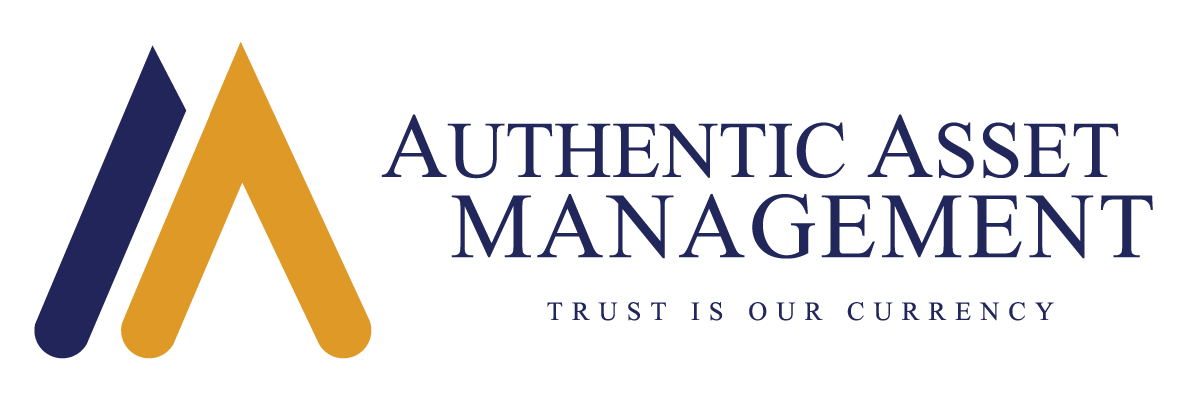The last quarter of 2019 placed an exclamation point on what was a banner year for risk assets. More defensive allocations to fixed income also performed well, primarily due to a Federal Reserve that engineered a historic pivot from raising rates to delivering three rate cuts. Central banks to the rescue once again! In addition, the reintroduction of balance sheet expansion by the Fed to ease liquidity constraints in overnight lending markets had a familiar effect akin to previous iterations of quantitative easing. It fueled a decisive move to new highs in equity markets as recession fears faded. By year end, this appetite for risk gained further momentum from the ratification of the USMCA trade agreement (NAFTA 2.0), the receding risk of a no-deal Brexit, and a near term resolution of the China-US trade war. The de-escalation of these risks is noteworthy and provides a supportive backdrop for the real economy. This brighter outlook is reflected in a steepening of US and Canadian yield curves, tighter corporate bond spreads, and an equity market where the fear of missing out (FOMO) has bred a level of complacency that makes us uncomfortable.
Jubilant Pricing, Little Room for Uncertainties
We ring in the New Year more cautious than jubilant. That is not to say we are expecting an economic or earnings recession. We are not there just yet. In 2020, the odds remain low for both, especially earnings that will benefit from easy comparisons over last year. The driver of the stock market rally in 2019 wasn’t earnings growth, it was what the market was willing to pay for them. The promise of tax cuts in 2018 and unexpected monetary policy easing in 2019 were catalysts for higher price-to-earnings multiples last year. There is no obvious catalyst for more of the same this year. That is especially true as the Fed’s balance sheet expansion is currently scheduled to end in Q2. American stocks, which have been the global leaders, are now priced for perfection. Arguably, US stocks are now priced two to three years ahead of themselves.
Our caution is, therefore, driven primarily by a market fully priced for positive outcomes. When there is little accommodation made for outside risks, booking profits is a persistent temptation. If this is true and if the market hates uncertainty, then odds are high that market volatility becomes a defining characteristic of 2020. Risks loom from a resumption of trade hostilities between the US and China, from an uncertain outcome in the Presidential election, from an uncertain outlook for the fate of the latest quantitative easing, and from uncertainty on earnings growth and inflation. To this we might add uncertainty on how tensions between the US and Iran escalate over coming months. None of these risks are being reflected in equity markets, but the recent break-out in gold prices bears watching. Despite these risks, however, there is scope for equity markets to rise in in the low single digits in 2020 assuming the global economy expands in the 2.6% to 2.9% range. The key point is that there is little room for error, and the ride will be a bumpy one.
Tailwinds to Sluggish Growth
The global economy continues to transition from mid-to late cycle, but that transition is being lengthened by coordinated easy central bank policy across most developed markets and China. Moreover, fiscal stimulus is neutral to positive across the board and will remain supportive to growth even if that thrust is less over the coming year. The Fed’s rate cuts enacted last year will be felt in the real economy this year. In the US, the housing sector is strong and real wage growth is decent. US household balance sheets look robust as debt service is low and overall household net worth has surged to $130 trillion on rising asset values. Job growth will slow, but it is hard to see a recession when 70% of the economy is on such a firm footing. The manufacturing sector continues to show signs of bottoming though the secular trend toward de-globalization has thus far kept that recovery anemic in the US, China, and Europe. We are moving beyond the peak in global growth, in global trade, and globalization more broadly, but recession risks look reasonably low for 2020.
Environment for Active Management
The good news is that global growth is set to rise around 2.8% and US growth around 1.5%. The bad news is that these are not robust growth rates, and the bare minimum to keep equity markets tilted higher in the coming year. At AUTHENTIC, this reality coupled with rising political risks and geopolitical uncertainty within a market priced for perfection has us uncomfortable. A key question is whether risk assets can appreciate in 2020. The answer is a qualified yes, but the returns are likely to be comfortably below long-term averages.
This is an environment that favors agility and active management. Inflation is likely to surprise to the upside in 2020 and while real rates will remain low, longer-term rates will rise and yield curves steepen. US equities are not likely to outperform as they have. Price-to-cash flow, price-to-earnings, price-to-sales, price-to-book, all these equity ratios are severely stretched relative to historical levels as well as to those in other developed markets. Rising 10-year yields will further test the relative value of US equities. The risk to higher inflation is further tilted to the upside should recent oil price gains prove sticky owing to tensions with Iran.
2019 was kind to the manager who bought equities early, and often. That will not be the case in 2020, and AUTHENTIC approaches the New Year hoping for the best and well prepared for the worst.

